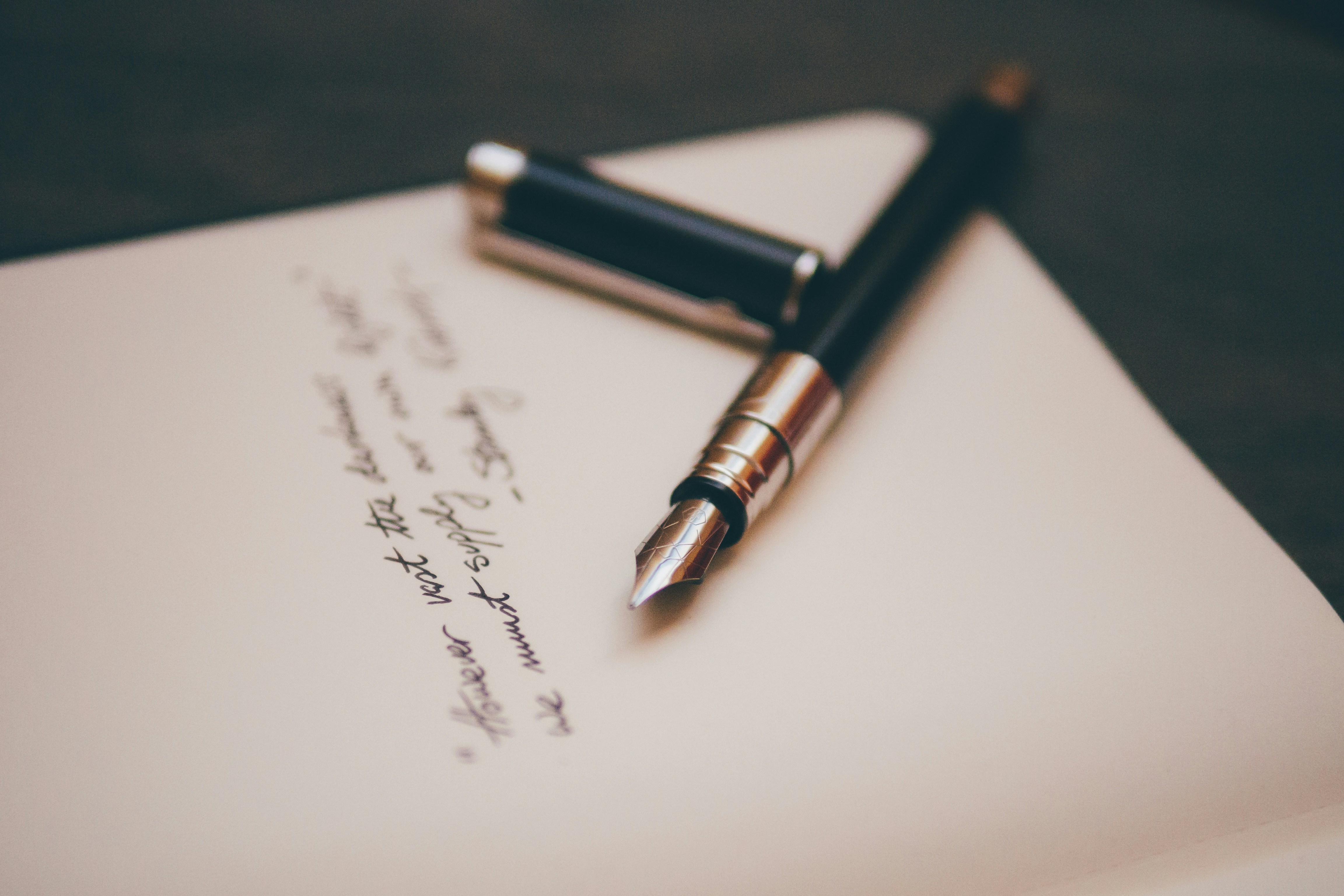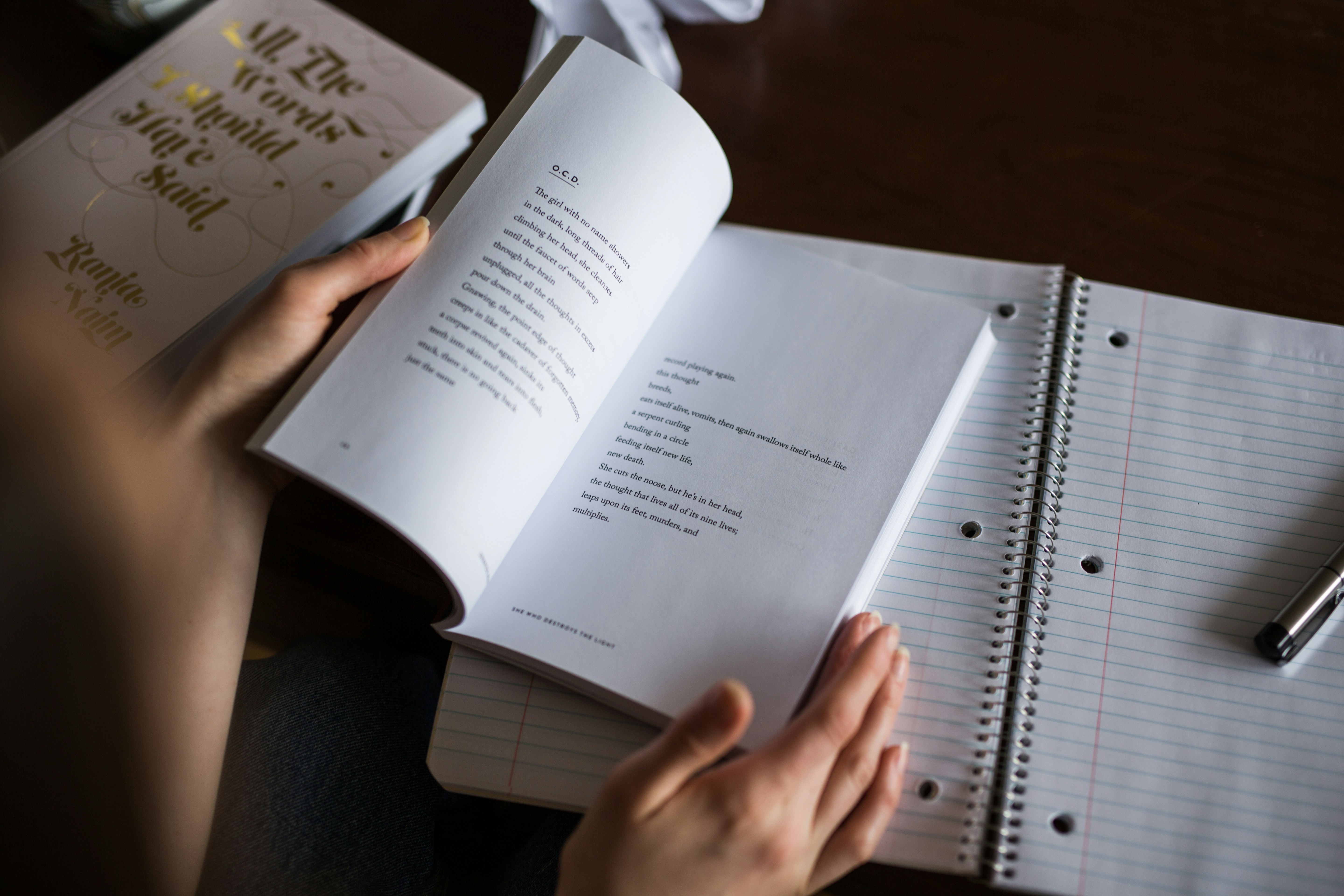Poetry Forms Explained: Discover Their Unique Styles
by WriteSeen
Poetry forms define the structure and style of poetic expression, influencing how a poem looks and sounds. Whether a haiku, with its traditional three lines, or a mesmerizing sonnet known for its 14-line elegance, each form is unique.
Also, explore the rhythmic limerick, the free-spirited free verse, or the colorful villanelle. Understanding these poetry forms lets you appreciate diverse literary landscapes, and adds depth to both reading and writing experiences.
What Are Poetic Forms?
Poetic forms are structured formats or patterns that poems follow. These structures dictate various elements such as rhyme schemes, meter, and line length. They act as a guide, allowing poets to shape their ideas and emotions into a cohesive piece that resonates with readers. By understanding poetic forms, you can appreciate how this structure adds depth and meaning to poetry.
The Basics of Structure
At its core, a poetic form provides the scaffolding for a poem. This structure can be as simple as a haiku or as complex as a villanelle. Each form comes with its own set of rules, which might govern the number of lines, the length of each line, or the rhyme scheme. These rules give a framework that challenges the poet to creatively express themselves within set parameters.
- Lines and Stanzas: Poems are often divided into lines, which may be grouped into stanzas. The number of lines or stanzas may define the form. For instance, a sonnet always contains 14 lines.
- Rhyme Scheme: The pattern of rhyming within a poem is another aspect that defines its form. A Shakespearean sonnet, for example, follows the ABABCDCDEFEFGG rhyme scheme.
- Meter and Rhythm: Meter refers to the rhythmic structure of a poem, consisting of patterns of stressed and unstressed syllables. An example is iambic pentameter, prevalent in many traditional forms like the sonnet.
Diverse Styles, Unified Purpose
Despite their diverse requirements, all poetic forms serve the primary purpose of enhancing the thematic expression of a poem. Using a particular form can emphasize a poem's mood, tone, and meaning. For example:
- Haiku: This Japanese form uses a 5-7-5 syllable structure to encapsulate a moment in nature or personal reflection succinctly.
- Villanelle: Known for its repetition and rhyme, the villanelle creates a hypnotic, cyclical feel that drives home deep emotional themes.
- Limerick: With its aabba rhyme scheme, the limerick is often used for humor, lending itself well to witty or whimsical themes.

Why Different Forms Matter
Understanding poetic forms is essential because they convey the weight and intention behind the words. By mastering different forms, poets can enrich their work, delivering themes and emotions that resonate not just verbally but also visually and structurally.
Constraints Fuel Creativity
The constraints of a form might seem restrictive, yet they often serve as a catalyst for creativity. When a poet works within these limits, they find innovative ways to convey their thoughts. For instance, the succinct syllable count of a haiku forces the poet to choose each word carefully, ensuring the essence and beauty of the moment are captured without superfluity.
Tradition Meets Modernity
Many poets experiment by blending traditional forms with modern themes and language, adding fresh perspectives to age-old structures. This fusion generates a tapestry of poetic diversity, appealing to a broader audience and keeping the art form vibrant.
- Sonnet Variations: Contemporary poets often take liberties with the sonnet form, altering its rhyme or meter to suit a modern narrative.
- Free Verse Influence: Although free verse doesn’t adhere to traditional forms, its presence revitalizes how contemporary poets engage with established patterns, inspiring them to reimagine classical forms.
Engaging the Audience
For readers, recognizing and understanding poetic forms enhances the experience and comprehension of poetry. The form itself becomes part of the language and meaning. When you encounter a poem, considering its form can unlock deeper layers of interpretation and emotional engagement.
With these insights, poetry becomes more than a collection of beautiful words; it is a dynamic art form where structure and meaning intertwine, deepening the connection between poet and reader. As you explore various poetic forms, allow yourself to appreciate the unique rhythm and beauty each one offers.
Free Verse Versus Rhymed Poetry
Poetry is an art form that thrives on expressing emotions and ideas through carefully chosen words. Within this realm, poets can choose structures that either adhere to rigid patterns or allow for boundless creativity. This brings us to the comparison between free verse and rhymed poetry. Understanding these forms will help you appreciate their unique qualities and decide which aligns best with your poetic goals.
What is Free Verse?
Free verse poetry liberates you from the constraints of traditional forms. It allows you to craft poems without the use of consistent meter, rhyme, or fixed stanzas. Instead, you focus on the natural rhythm of language, using line breaks and pauses to enhance the meaning and emotional impact of your words.
- Flexibility in Form: Free verse provides freedom in structure, enabling you to find the perfect way to convey your message.
- Natural Expression: This form closely mirrors the patterns of everyday speech, offering a genuine and relatable experience for both the poet and the reader.
- Visual Creativity: Utilize line lengths, spacing, and indentations to visually shape the poem, adding an extra layer of meaning.

Understanding Rhymed Poetry
Rhymed poetry, on the other hand, adheres to specific patterns and structures where rhyme and meter play critical roles. This form has been used for centuries, giving rise to some of the most celebrated works in the poetic canon.
- Musicality: The rhythm and rhyme create a musical quality, making the poem pleasing to the ear.
- Memorability: Rhyming patterns can make poems easier to remember, reinforcing the poem's message and impact.
- Rigid Structure: The constraints encourage creativity, as finding new ways to fit your ideas within a rhyme scheme can lead to innovative expressions.
When to Choose Free Verse or Rhymed Poetry?
Each form offers distinct advantages and can be chosen based on the subject matter, personal preference, or intended audience. Here are some guiding principles:
- Emotionally Driven Narrative: Opt for free verse if your poem requires fluidity to convey deep emotions or a personal story.
- Traditional Themes: Choose rhymed poetry when tackling classic themes or when aiming to evoke nostalgia through familiar patterns.
- Audience Engagement: Consider your audience's preferences; young readers might enjoy the sing-song quality of rhymed poetry, while introspective or mature audiences might appreciate the depth of free verse.
Examples of Free Verse and Rhymed Poetry
Examining specific examples can further illuminate the characteristics of each form:
- Walt Whitman’s “Song of Myself” exemplifies free verse with its flowing, expansive lines and unstructured stanza organization. Its open form complements the theme of personal discovery.
- Robert Frost’s “Stopping by Woods on a Snowy Evening” typifies rhymed poetry through its clear iambic tetrameter and precise AABA rhyme scheme, contributing to the poem's serene and reflective tone.
By understanding the nuances of free verse and rhymed poetry, you are better equipped to explore and express your thoughts and feelings through the written word.
Exploring the Relationship Between Form and Content
The connection between form and content in poetry is pivotal. Where one might choose sonnets for love themes because of their storied history with romance, others might use free verse to mirror chaotic modern experiences. This relationship is not accidental; it is a deliberate choice by the poet to enhance the poem's theme and emotional impact.
How Form Influences Content
The form you select dictates the presentation and sometimes even the interpretation of your content. Consider how these elements interact:
- Narrative Flow: A free-flowing narrative could benefit from the openness of free verse, while a story with a clear beginning, middle, and end might align well with structured forms like ballads or rondels.
- Emotional Intensity: Emotional peaks in a poem can be accentuated by the rhythmic qualities of rhymed poetry, or they can be intensified through the sudden breaks and pauses allowed in free verse.
- Thematic Resonance: Sonorous forms like villanelles or pantoums, with their refrains and rhythmic repetitions, can echo the persistence of a theme, making content reverberate long after reading.

Form as a Tool for Emphasis
For every mood or message, you have myriad options, each with the potential to highlight different aspects of your poem. Here's how form can serve to emphasize content:
- Repetition and Reflection: Forms like the villanelle utilize repetition to emphasize themes of obsession or inevitability.
- Surprise and Variation: Irregularity in free verse can deliver surprises, providing a dynamic experience that keeps readers engaged.
- Elegance and Precision: Tightly structured sonnets can give an air of elegance and formality, drawing attention to the meticulous crafting of each line.
Through this interplay between form and content, you weave layers into your poetry that engage readers on both intellectual and emotional levels.
Conclusion
From haikus to sonnets and limericks to free verse, poetry forms explained through structure offer more than rhythm—they shape how emotion, theme, and meaning unfold on the page. Each form gives your creativity a unique container, helping your words resonate deeper with readers.
Knowing when to choose a structured or flexible format gives you the freedom to express complex ideas with clarity or raw emotion. Whether you want elegance, surprise, or lyrical flow, understanding poetic structure helps you deliver impact intentionally.
At WriteSeen, you’ll find a space to explore, share, and refine your poetry. Join a community of creators who value both tradition and innovation. Dive deeper into poetry forms explained—then craft your next masterpiece where your voice truly belongs.
TAGS